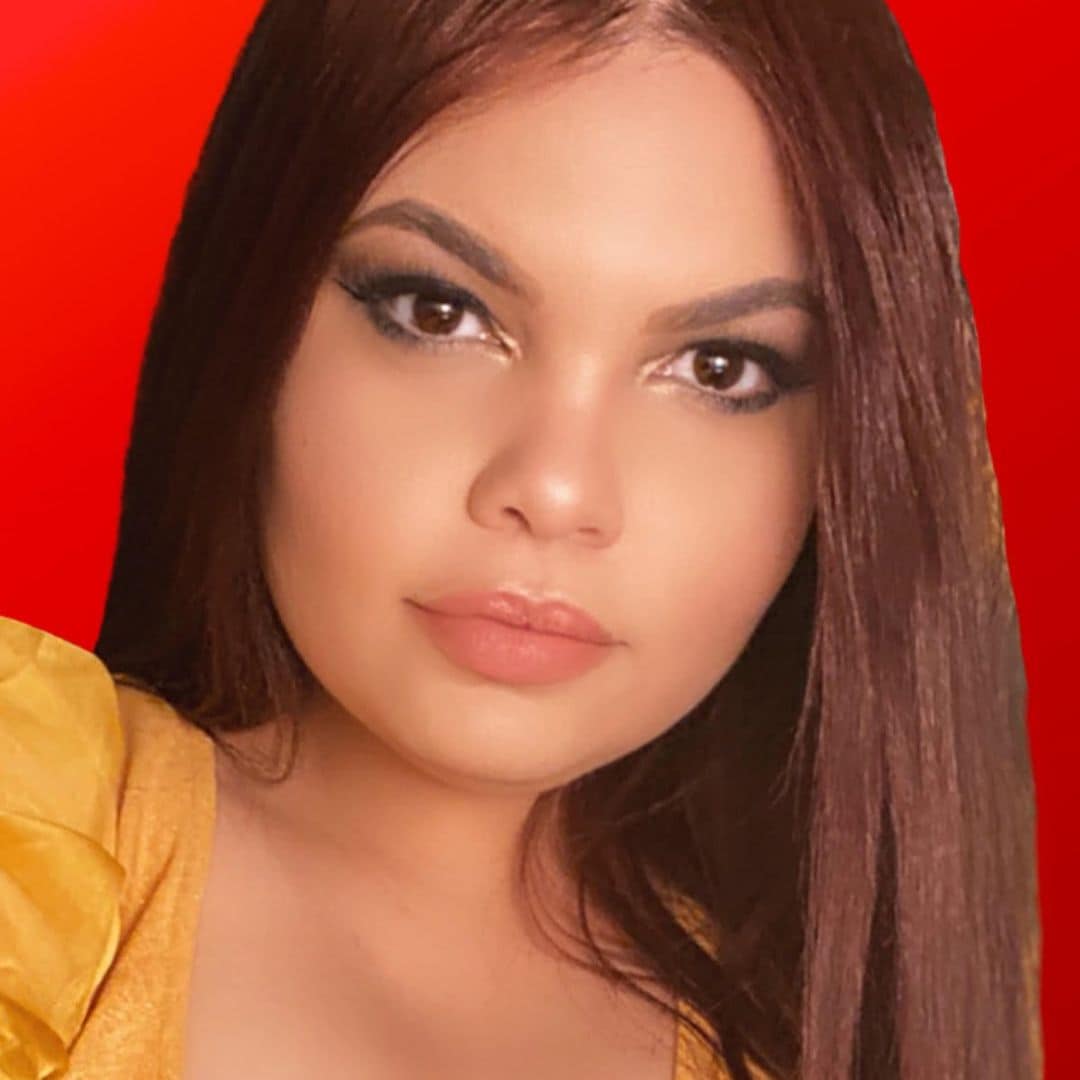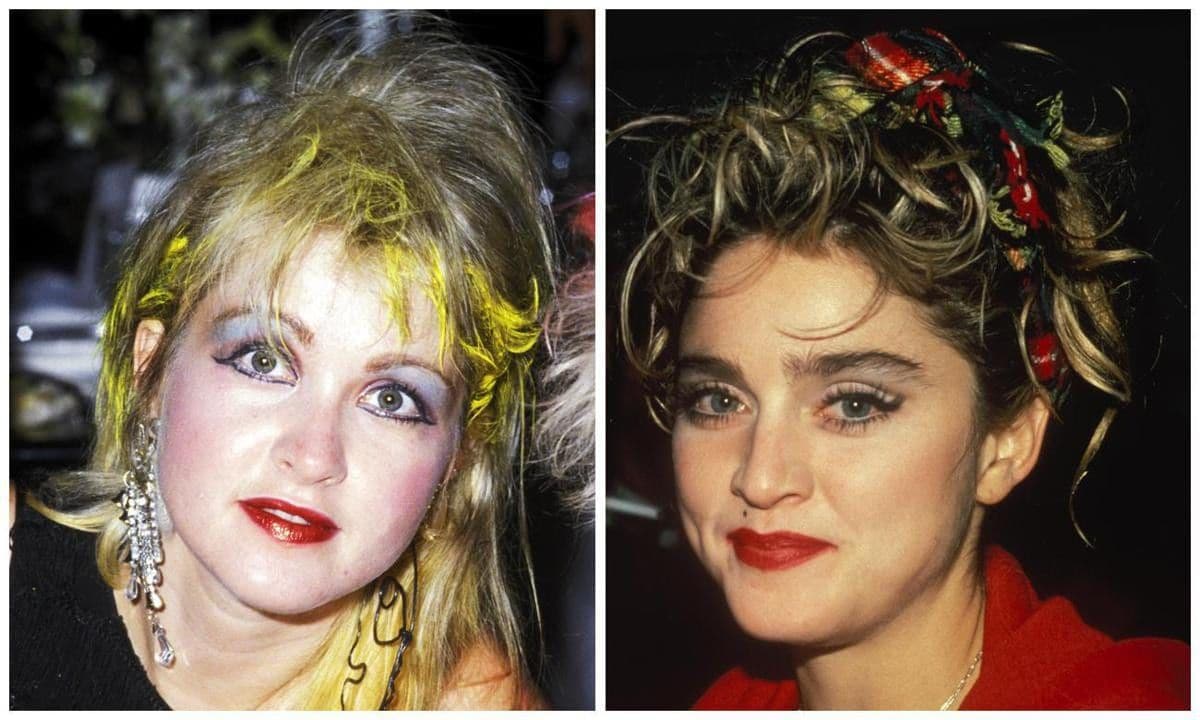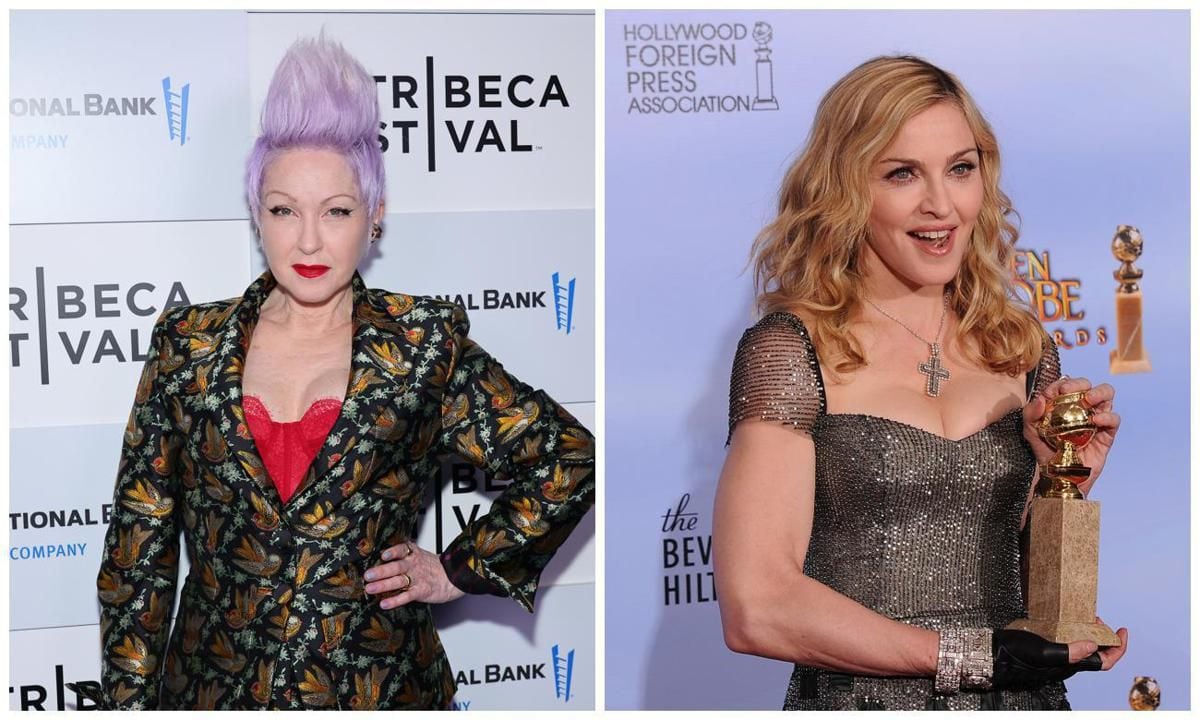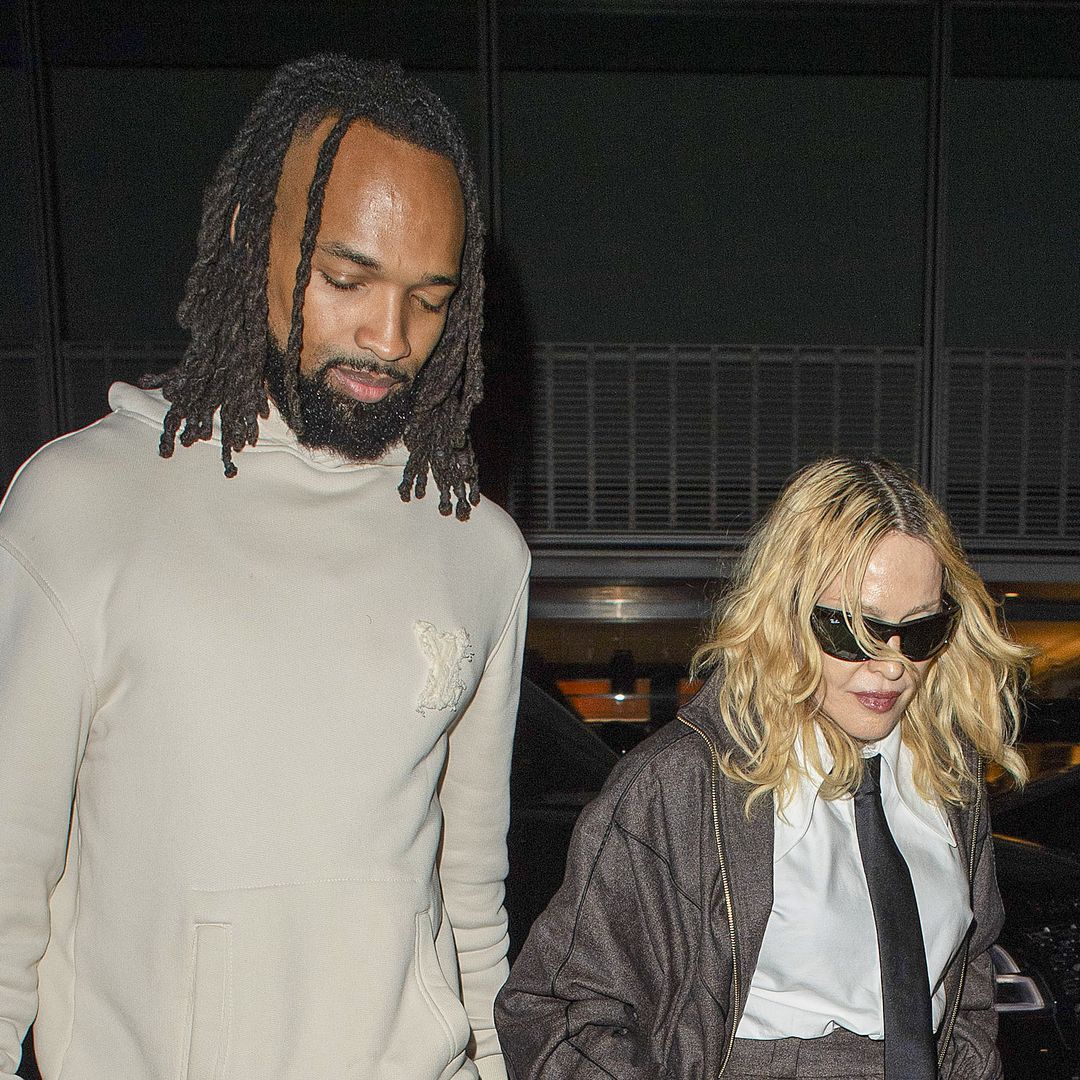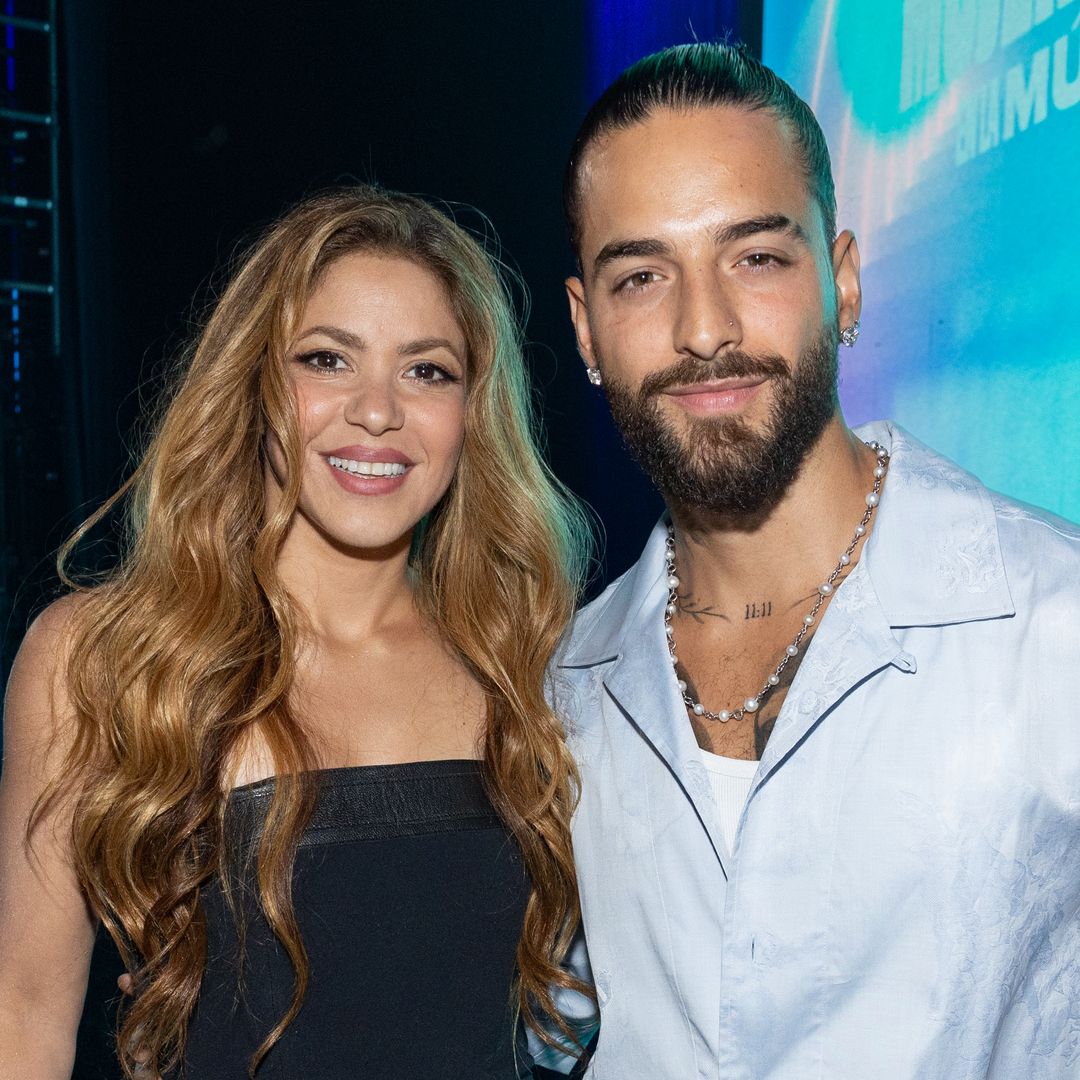Cyndi Lauper recently opened up about the rivalry she experienced with Madonna during their simultaneous rise to fame in the 1980s, expressing her regret over the unnecessary competition that the media and industry seemed to enforce. In an interview with E! News, Lauper, now 70, shared her thoughts on the situation, saying, “Isn’t that sad, there can only be room for one? The hell was that? I didn’t like it.”
When asked if she ever addressed this dynamic directly with Madonna, Lauper candidly replied, “Nah. I didn’t think she liked me that much.” This sentiment highlights a missed opportunity for a potential friendship between the two iconic artists, who both made significant marks in pop music history.
Lauper took a creative approach to differentiate herself from the “Material Girl” singer, especially when both sported blond hair. “I said, ‘OK, doll, I’ll just put a black spot here, so they know the difference between us,’” she recounted, demonstrating her unique style and desire to carve out her identity.
In a separate interview with the New York Times, Lauper expressed her wish for their relationship to be more amicable. “It was a shame. I would have liked to have a friend,” she reflected, suggesting that the rivalry overshadowed what could have been a supportive connection between two groundbreaking artists.
Lauper and Madonna burst onto the music scene in 1983 with their debut albums. Lauper’s “She’s So Unusual” featured hit singles like “Time After Time,” “Girls Just Want to Have Fun,” and “All Through the Night.” Meanwhile, Madonna’s self-titled album included tracks that became pop staples such as “Holiday,” “Lucky Star,” and “Borderline.”
The competition reached a notable moment in 1985 when they were both considered for participation in Michael Jackson and Lionel Richie’s charity song “We Are the World.” Ultimately, Lauper was chosen over Madonna, a decision Richie later reflected on during a “Jimmy Kimmel Live!” appearance in February. Richie, 74, acknowledged the difficulty of the decision, noting that both artists had instantly recognizable voices, but only one could be chosen for the limited vocal parts available.
,type=downsize)
